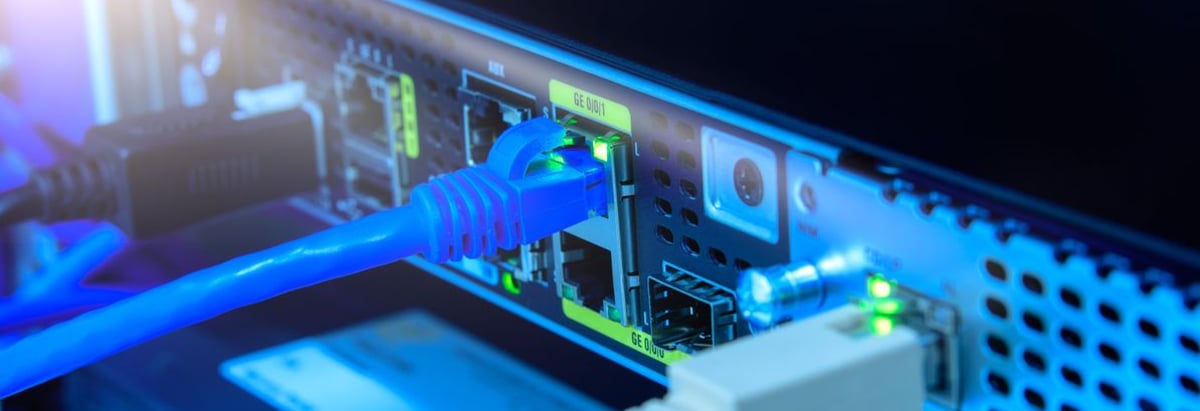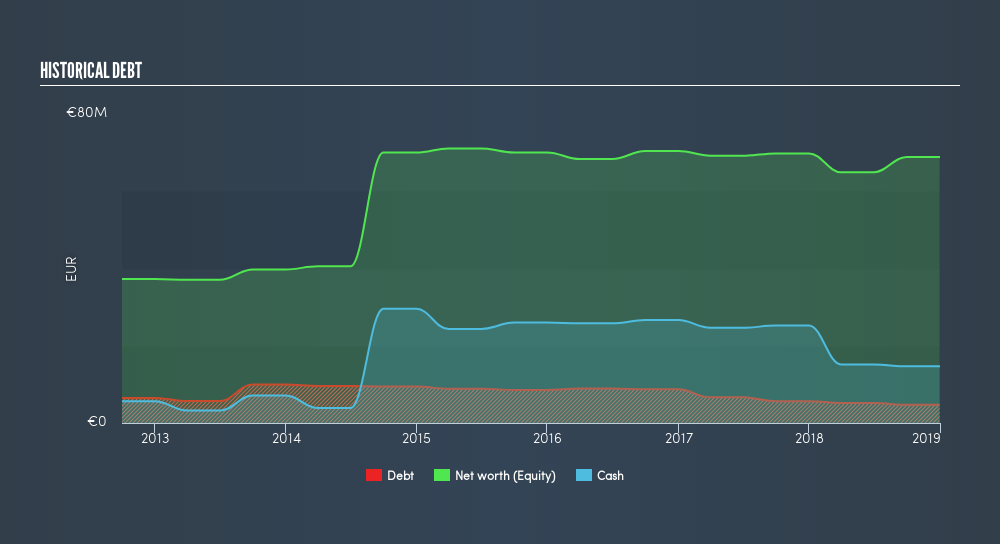
Want to participate in a short research study? Help shape the future of investing tools and you could win a $250 gift card!
Legendary fund manager Li Lu (who Charlie Munger backed) once said, 'The biggest investment risk is not the volatility of prices, but whether you will suffer a permanent loss of capital.' So it seems the smart money knows that debt - which is usually involved in bankruptcies - is a very important factor, when you assess how risky a company is. We note that Microwave Vision S.A. (EPA:ALMIC) does have debt on its balance sheet. But the real question is whether this debt is making the company risky.
When Is Debt A Problem?
Debt and other liabilities become risky for a business when it cannot easily fulfill those obligations, either with free cash flow or by raising capital at an attractive price. If things get really bad, the lenders can take control of the business. However, a more usual (but still expensive) situation is where a company must dilute shareholders at a cheap share price simply to get debt under control. Of course, the upside of debt is that it often represents cheap capital, especially when it replaces dilution in a company with the ability to reinvest at high rates of return. When we examine debt levels, we first consider both cash and debt levels, together.
See our latest analysis for Microwave Vision
What Is Microwave Vision's Debt?
The image below, which you can click on for greater detail, shows that Microwave Vision had debt of €4.72m at the end of December 2018, a reduction from €5.66m over a year. However, it does have €14.7m in cash offsetting this, leading to net cash of €9.96m.

A Look At Microwave Vision's Liabilities
According to the last reported balance sheet, Microwave Vision had liabilities of €25.9m due within 12 months, and liabilities of €1.13m due beyond 12 months. Offsetting this, it had €14.7m in cash and €41.9m in receivables that were due within 12 months. So it can boast €29.6m more liquid assets than total liabilities.
This luscious liquidity implies that Microwave Vision's balance sheet is sturdy like a giant sequoia tree. With this in mind one could posit that its balance sheet is as strong as beautiful a rare rhino. Microwave Vision boasts net cash, so it's fair to say it does not have a heavy debt load!
In addition to that, we're happy to report that Microwave Vision has boosted its EBIT by 56%, thus reducing the spectre of future debt repayments. When analysing debt levels, the balance sheet is the obvious place to start. But it is future earnings, more than anything, that will determine Microwave Vision's ability to maintain a healthy balance sheet going forward. So if you want to see what the professionals think, you might find this free report on analyst profit forecasts to be interesting.
But our final consideration is also important, because a company cannot pay debt with paper profits; it needs cold hard cash. Microwave Vision may have net cash on the balance sheet, but it is still interesting to look at how well the business converts its earnings before interest and tax (EBIT) to free cash flow, because that will influence both its need for, and its capacity to manage debt. Over the last three years, Microwave Vision reported free cash flow worth 6.8% of its EBIT, which is really quite low. That limp level of cash conversion undermines its ability to manage and pay down debt.
Summing up
While we empathize with investors who find debt concerning, you should keep in mind that Microwave Vision has net cash of €10.0m, as well as more liquid assets than liabilities. And it impressed us with its EBIT growth of 56% over the last year. So is Microwave Vision's debt a risk? It doesn't seem so to us. Over time, share prices tend to follow earnings per share, so if you're interested in Microwave Vision, you may well want to click here to check an interactive graph of its earnings per share history.
When all is said and done, sometimes its easier to focus on companies that don't even need debt. Readers can access a list of growth stocks with zero net debt 100% free, right now.
We aim to bring you long-term focused research analysis driven by fundamental data. Note that our analysis may not factor in the latest price-sensitive company announcements or qualitative material.
If you spot an error that warrants correction, please contact the editor at editorial-team@simplywallst.com. This article by Simply Wall St is general in nature. It does not constitute a recommendation to buy or sell any stock, and does not take account of your objectives, or your financial situation. Simply Wall St has no position in the stocks mentioned. Thank you for reading.
Market Insights
Community Narratives



